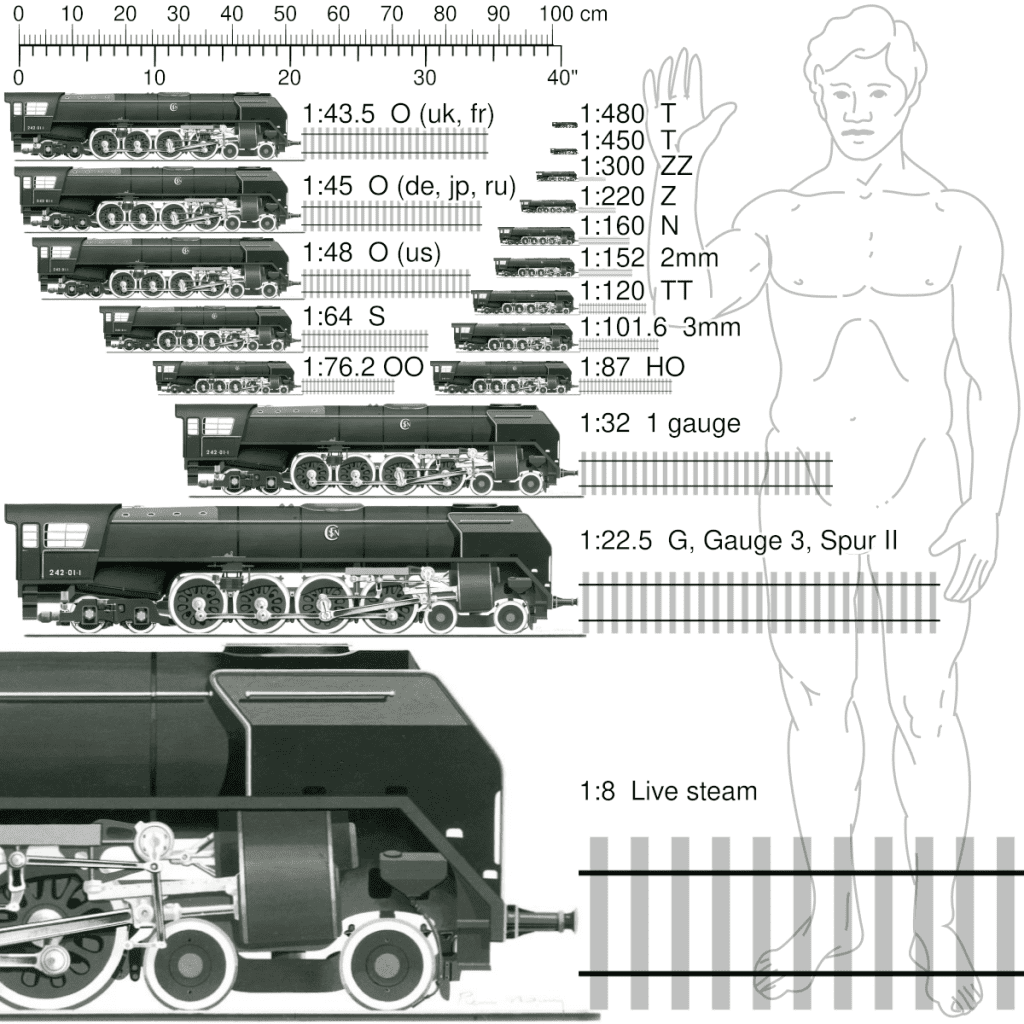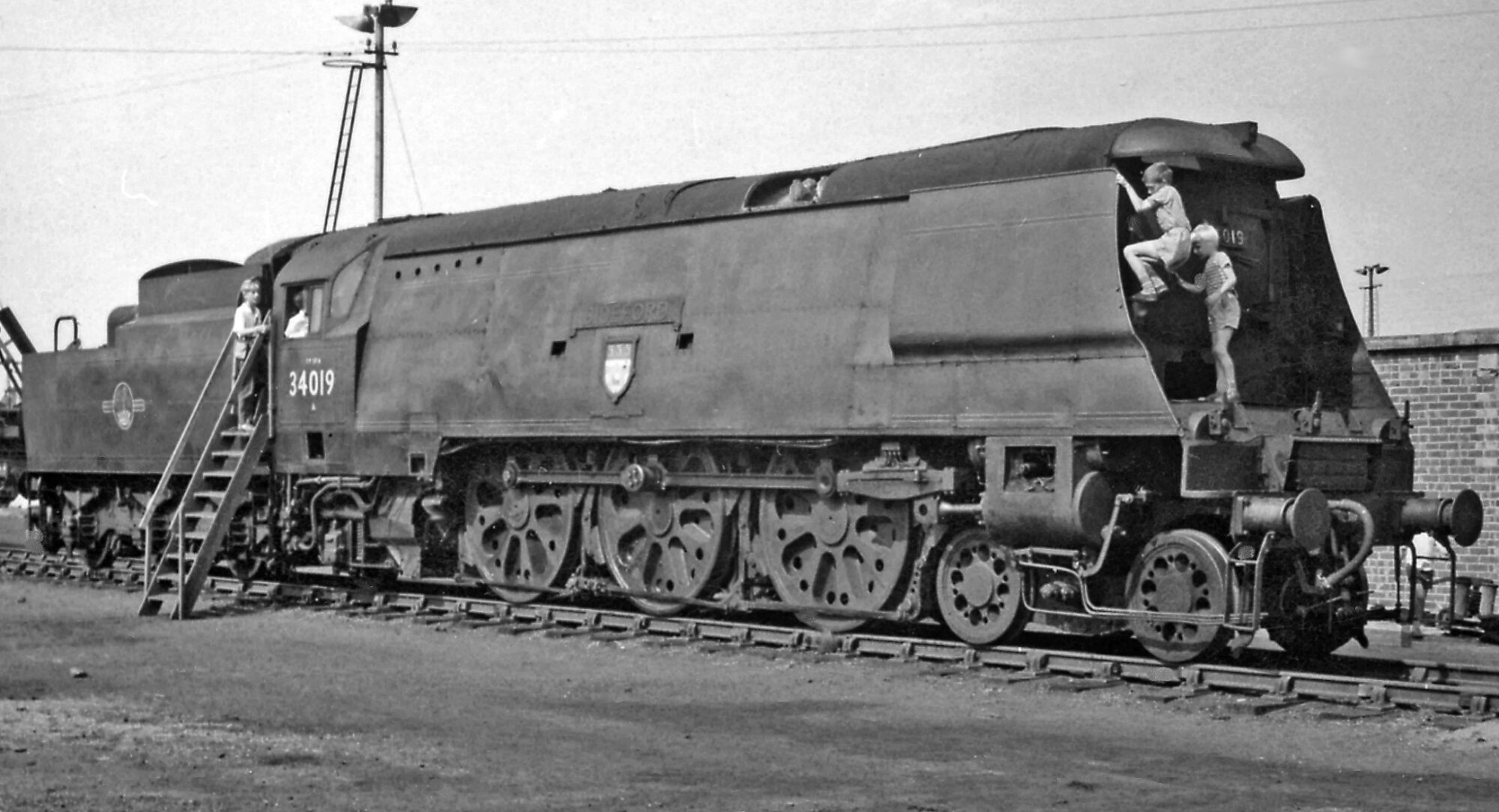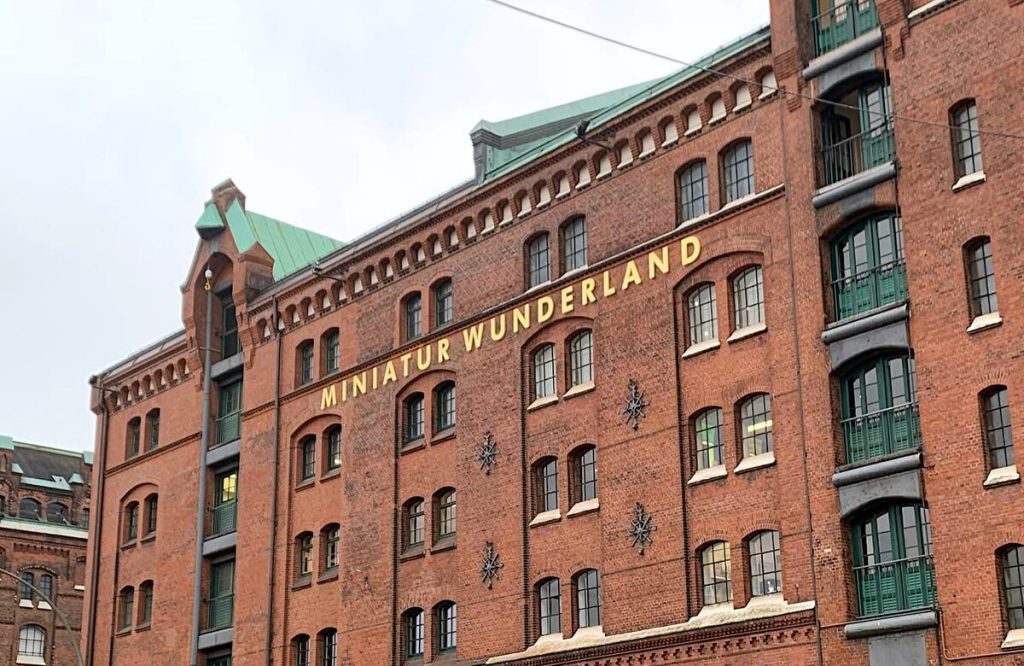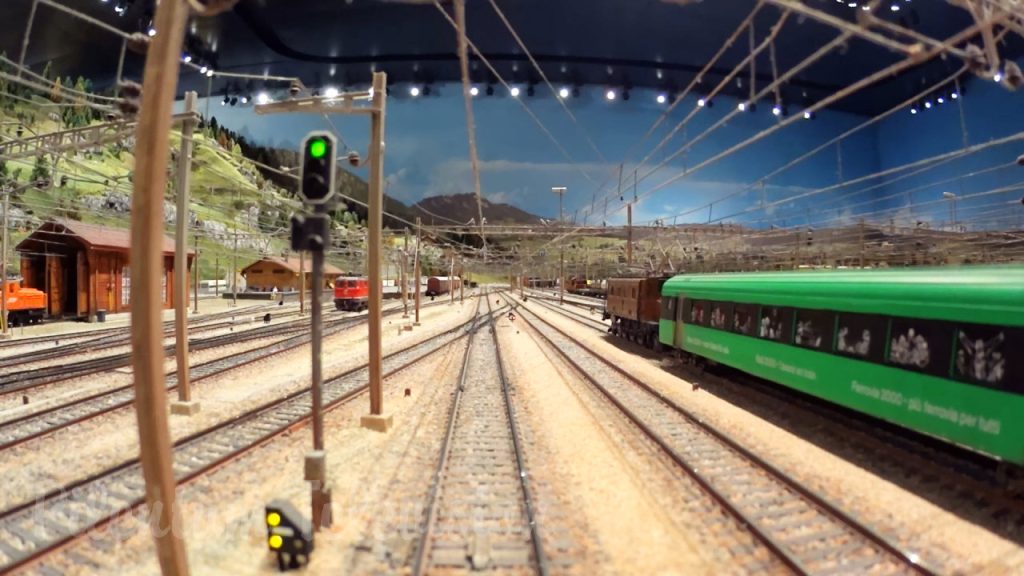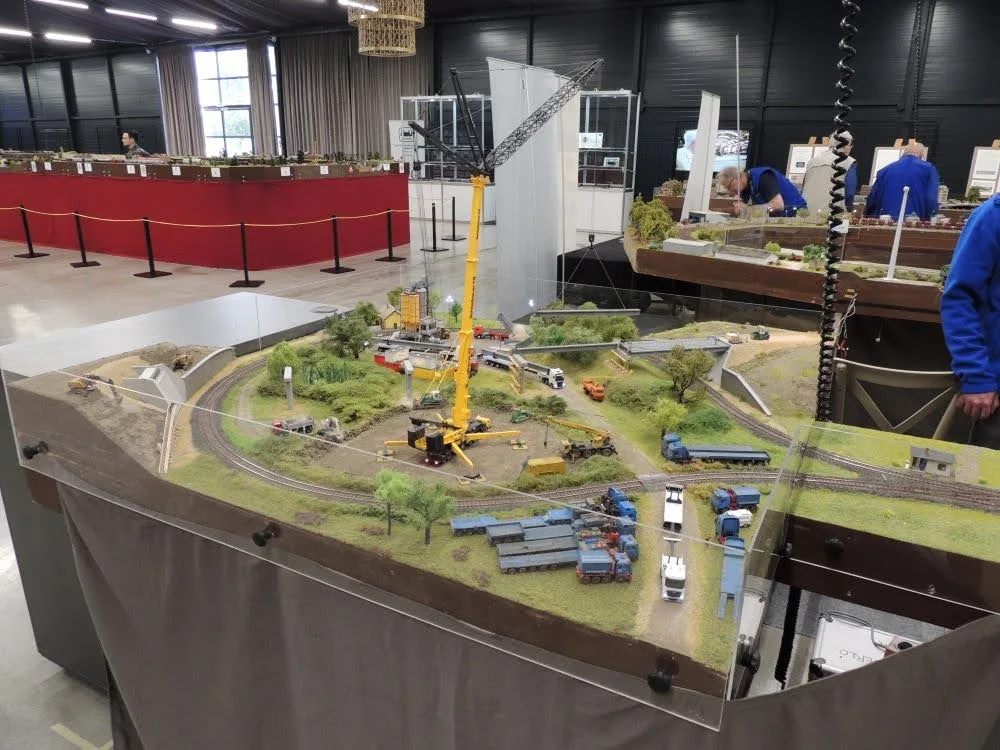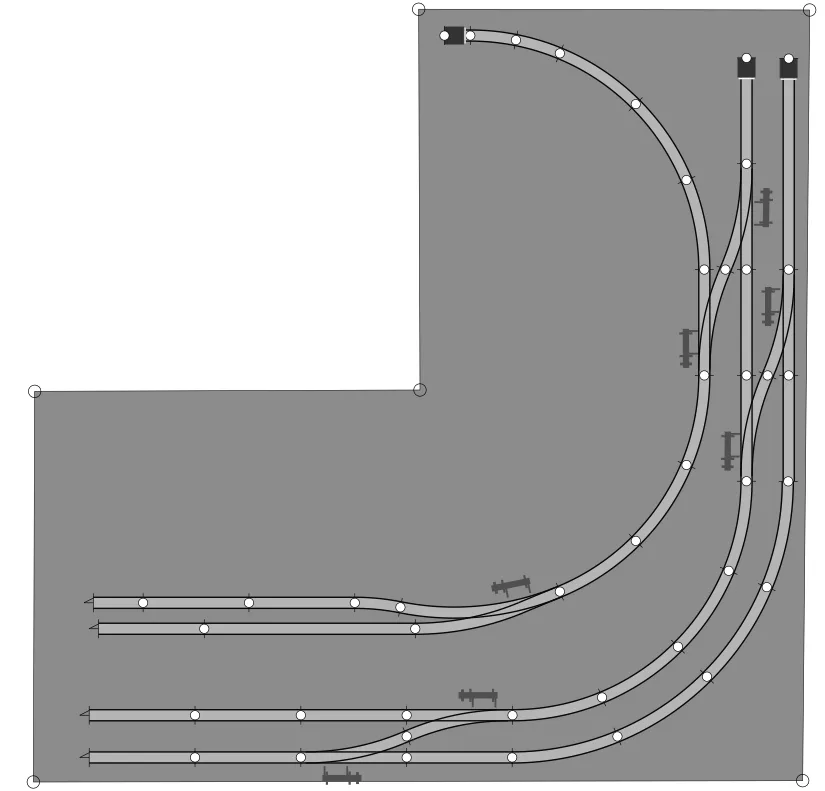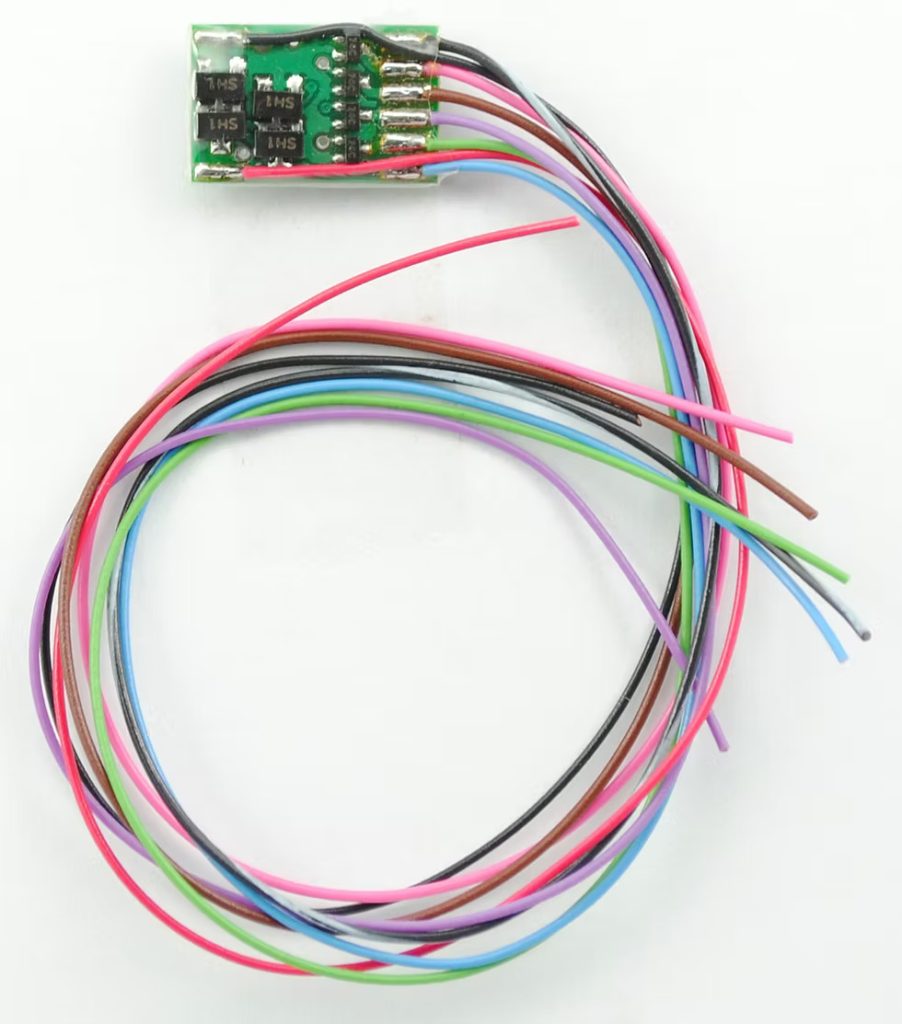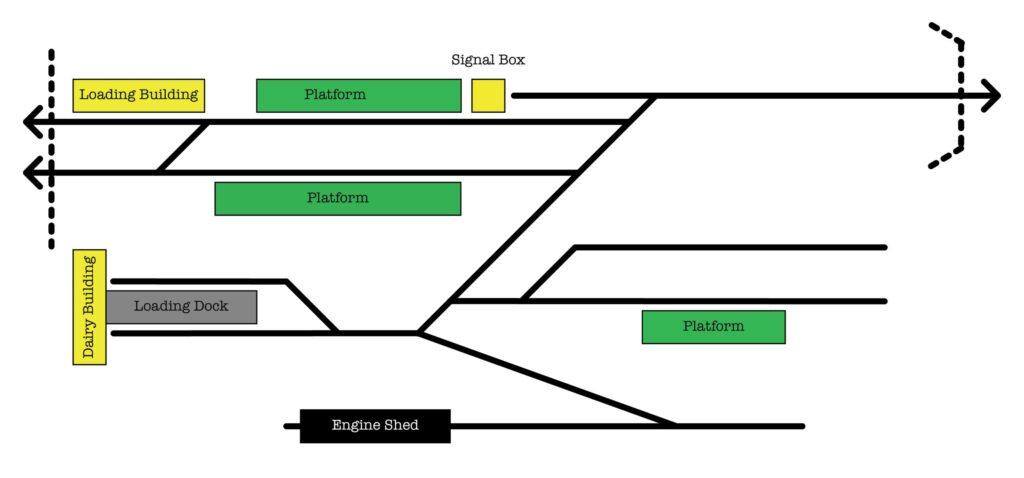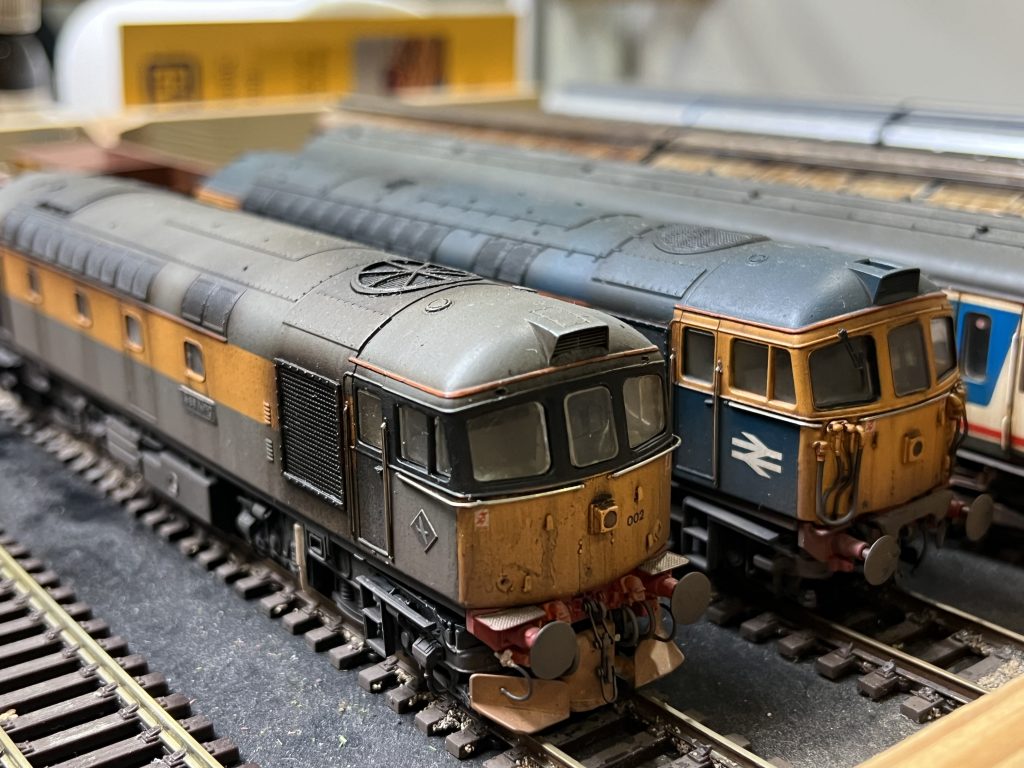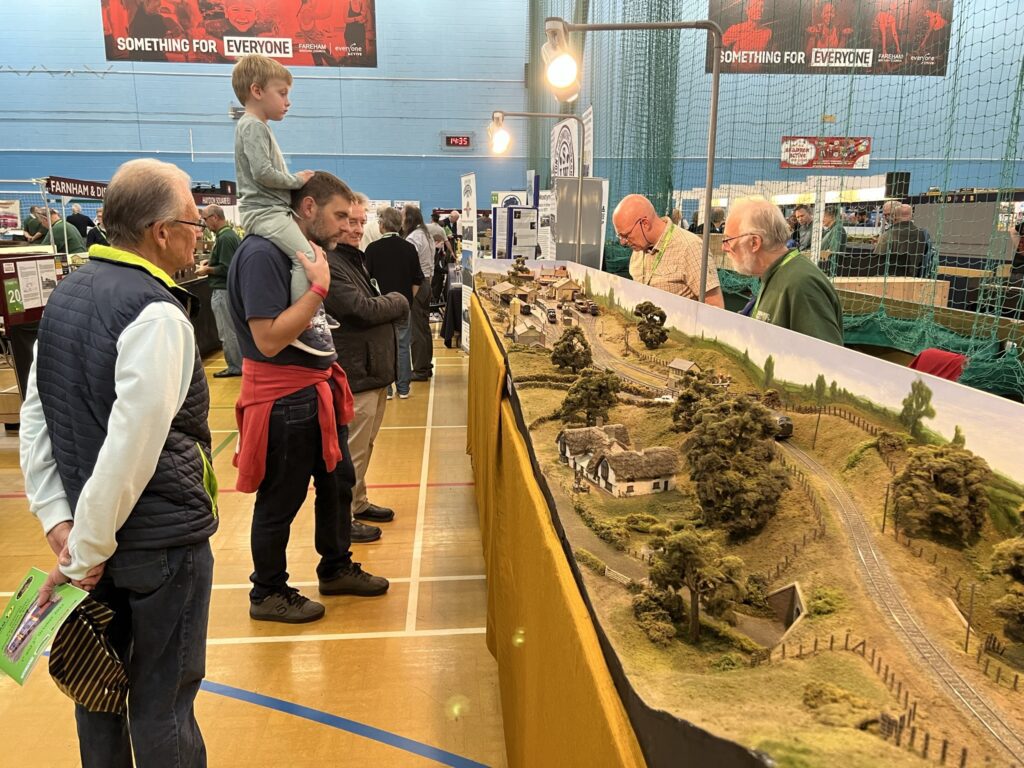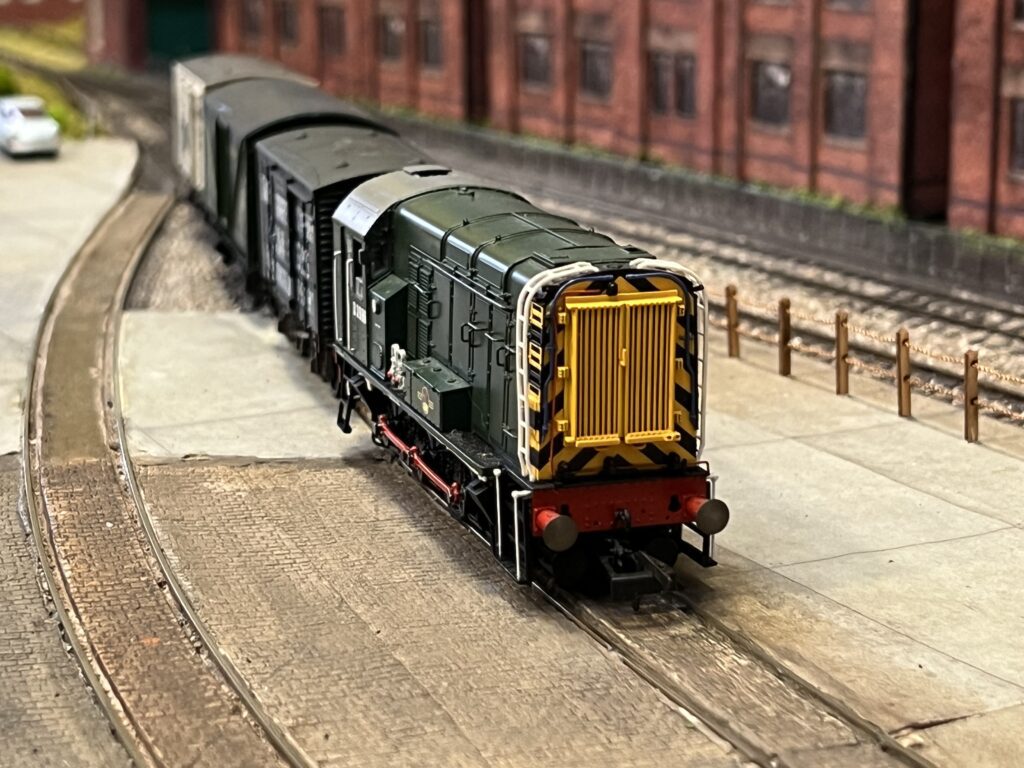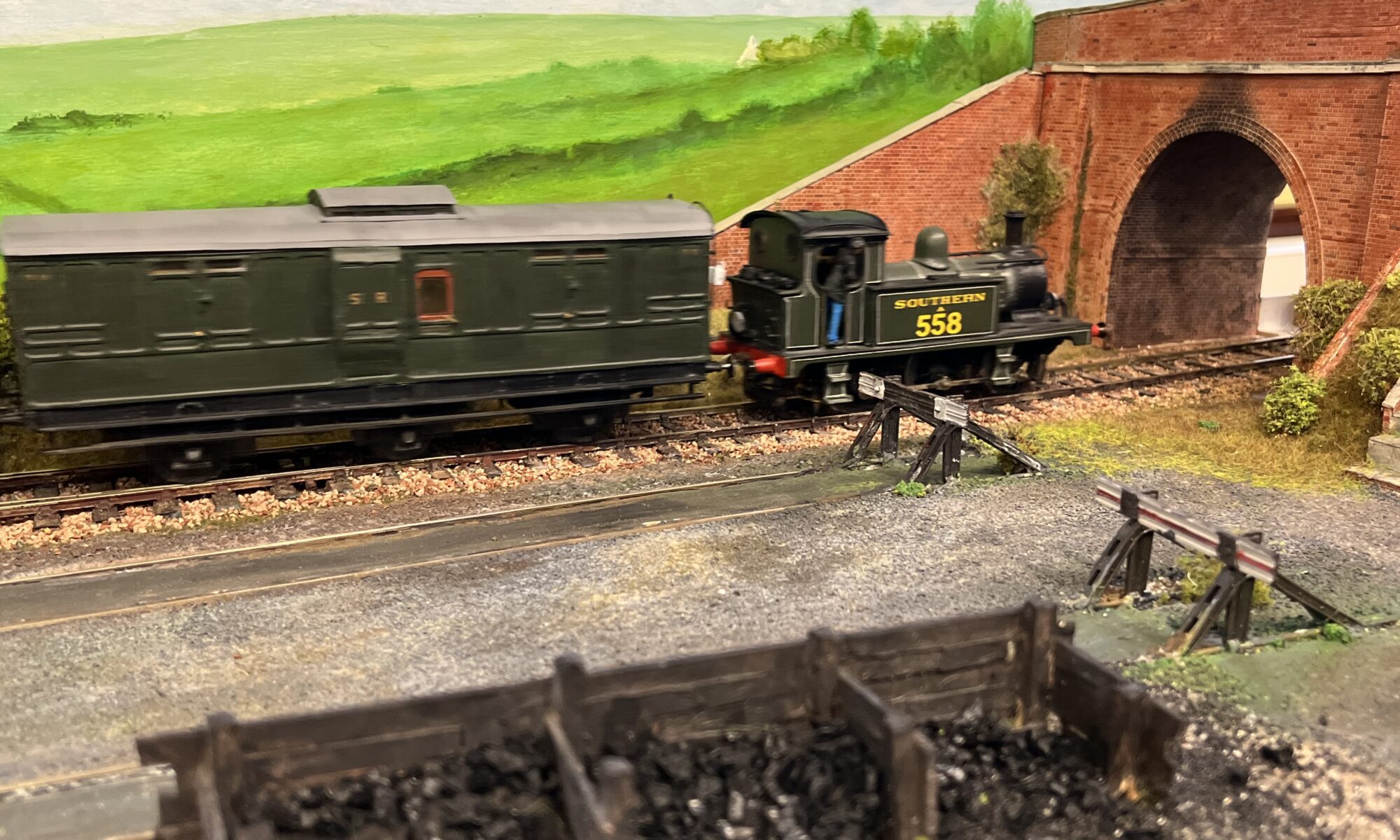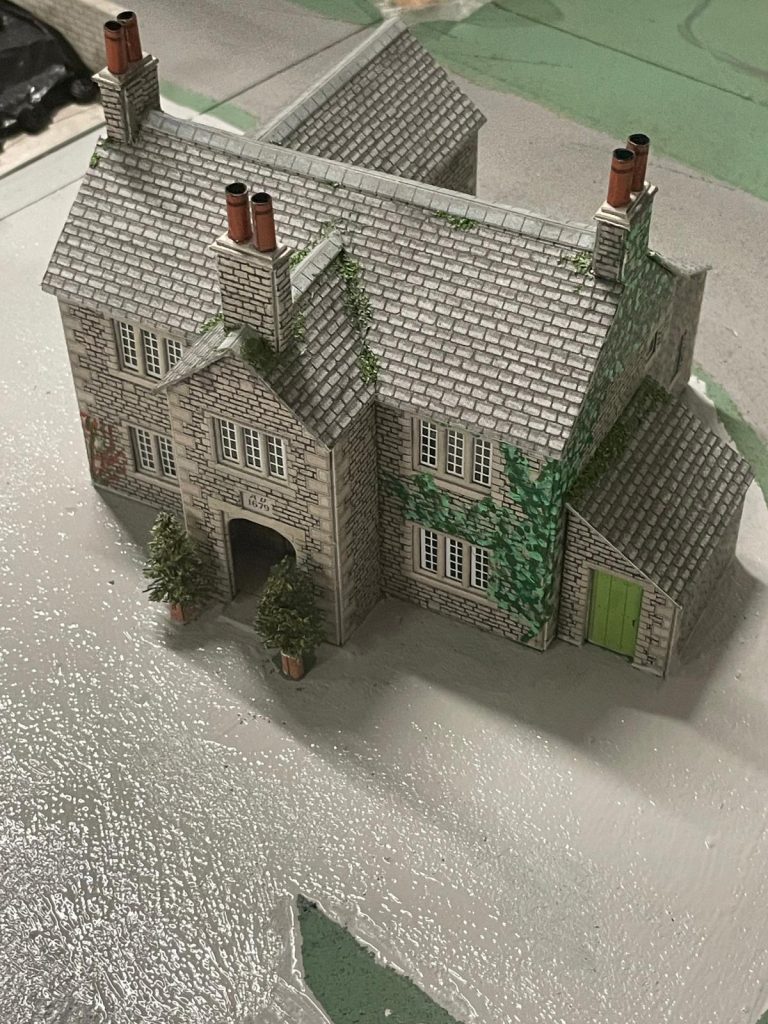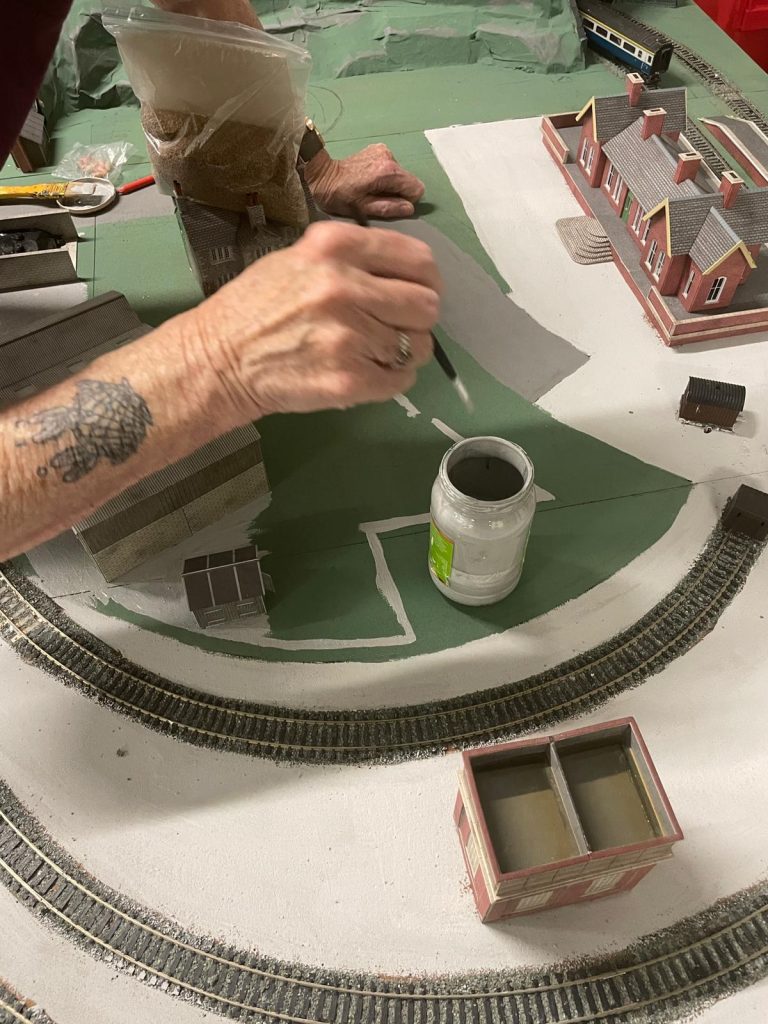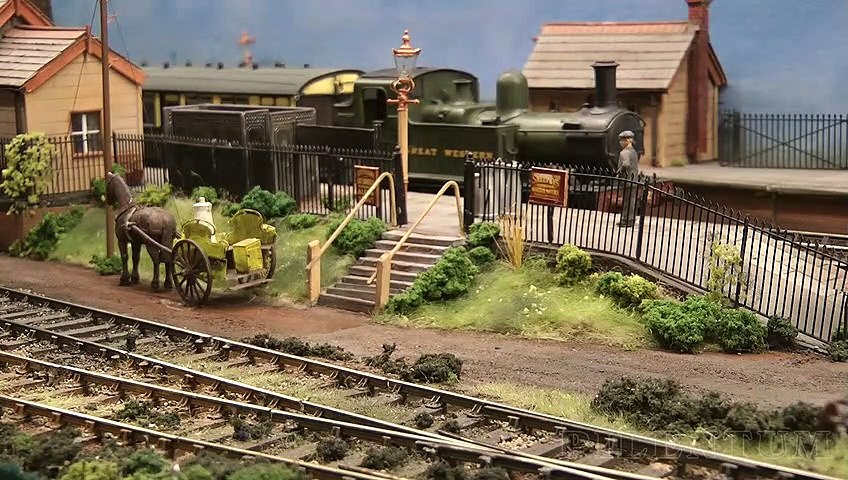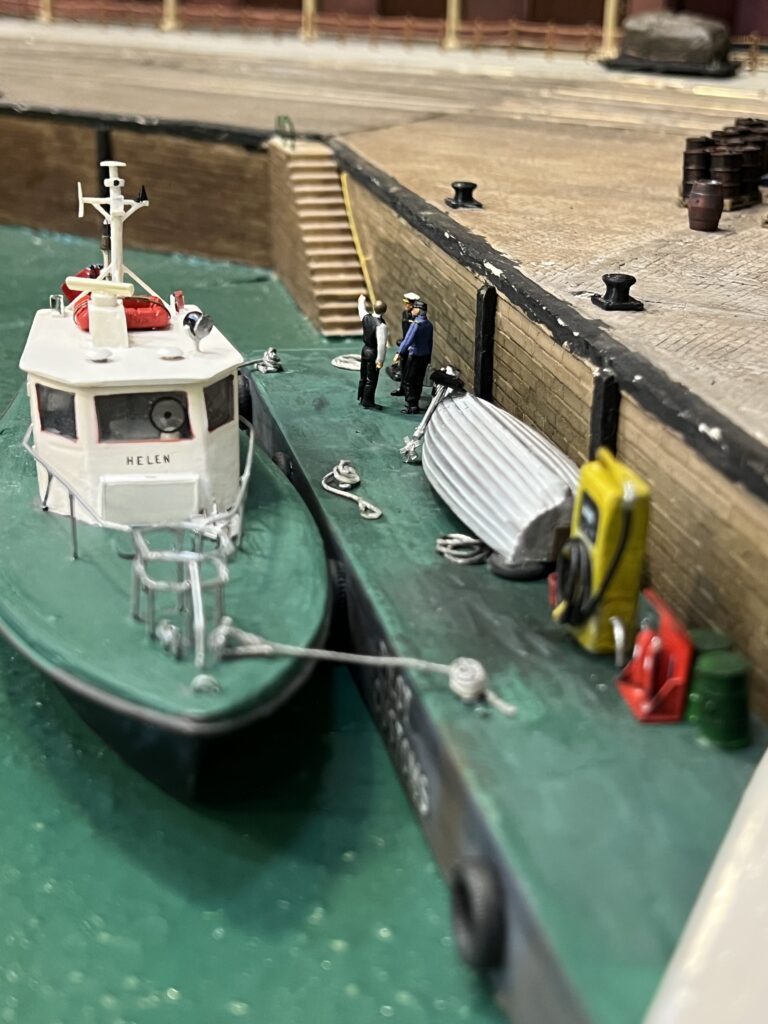Model railways have long captured the imagination of enthusiasts across the UK, offering a rich blend of engineering, artistry, and nostalgia. Central to any model railway layout is the concept of gauge and scale, two closely related but distinct measurements that dictate the appearance and compatibility of rolling stock and track systems. This article delves into the different gauges of model railways popular in the UK, providing a comprehensive guide for beginners and seasoned modellers alike.

To begin, it’s important to distinguish between ‘scale’ and ‘gauge.’ Scale refers to the ratio of the model’s size to that of the real-life prototype. For example, a 1:76 scale means the model is 1/76th the size of its real-world counterpart. Gauge, however, refers to the distance between the inner edges of the rails on the track. While these two terms are often used interchangeably, understanding the difference is essential for building an accurate and functional layout.
The most widely used scale in the UK is OO gauge, which operates at a 1:76.2 scale with a track gauge of 16.5mm. Initially developed in the 1930s, OO gauge emerged as a uniquely British solution to early motor size constraints, using the same track gauge as HO scale (1:87), yet at a slightly larger scale. This discrepancy means that while the models are 4mm to the foot, the track is technically undersized. Despite this compromise, OO gauge remains the most popular choice among UK modellers, with a vast range of ready-to-run locomotives, rolling stock, and accessories from manufacturers such as Hornby, Bachmann Branchline, and Dapol. Layouts in OO gauge often feature detailed scenic elements, realistic structures, and a variety of operational setups, making it a versatile option for both novice and experienced modellers.
N gauge represents the second most popular scale in the UK, offering a scale of 1:148 and a track gauge of 9mm. Its compact size makes it ideal for those with limited space, allowing for more elaborate layouts in smaller areas. N gauge also lends itself to scenic modelling, with long trains and broad vistas fitting comfortably into modest layouts. Leading manufacturers include Graham Farish, Dapol, and Peco, all of whom offer a growing range of UK-outline models. The reduced size does not mean reduced quality—modern N gauge models often feature impressive levels of detail, reliable mechanisms, and digital control compatibility. Many enthusiasts appreciate N gauge’s ability to represent complex rail networks and rural or industrial scenes in a relatively small footprint.
For those seeking greater realism and larger models, O gauge provides a scale of 1:43.5 and a track gauge of 32mm. This larger scale allows for a high degree of detail and is well-suited to modellers with the space and resources to accommodate its size. O gauge has traditionally been associated with more experienced hobbyists and often involves scratch-building or kit assembly. However, recent developments have seen a rise in ready-to-run offerings from companies such as Dapol, Heljan, and Lionheart Trains. The visual impact of O gauge is striking, with large locomotives and rolling stock that command attention. This scale’s layout often prioritises realism and slow-speed operation, enhancing the sense of weight and presence.
Though less common in the UK, HO gauge holds global popularity and features a scale of 1:87 with the same 16.5mm track gauge as OO. As a result, HO and OO models can run on the same track, but their differing scales make them visually incompatible. HO is favoured by those interested in modelling Continental or American railroads and is supported by an extensive catalogue of international manufacturers, including Roco, Fleischmann, and Märklin. For modellers who wish to replicate foreign railways with a high degree of authenticity, HO provides a wealth of options, from diesel-era North American locomotives to modern European high-speed trains.
Emerging more recently is TT:120, a scale of 1:120 operating on a 12mm gauge track. This scale offers a middle ground between OO and N gauges, combining the detail of larger scales with the space-saving advantages of smaller ones. Hornby has championed this scale in the UK, launching a new line of TT:120 models that has reinvigorated interest in this format. For modellers seeking an efficient compromise, TT:120 may offer the ideal solution. The scale allows for accurate detail while enabling layouts to fit in smaller rooms or portable exhibition formats. TT:120 is expected to attract a new generation of enthusiasts as more products become available.
Finescale modelling has led to the development of alternative gauges such as EM and P4. Both maintain the 4mm to the foot scale of OO but correct the track gauge to represent the prototype more accurately. EM gauge uses an 18.2mm track, while P4 (Scalefour) extends this further to 18.83mm for maximum fidelity. These formats demand precision and are often the domain of advanced hobbyists who prefer to hand-lay track and modify wheelsets for authenticity. Finescale modelling is more than a pursuit of accuracy—it’s a craft that rewards attention to detail and a deep understanding of railway mechanics. Modellers working in EM or P4 often produce museum-quality layouts that showcase the finest aspects of British railway history.
The G scale is at the larger end of the spectrum, typically at a 1:22.5 scale and using a 45mm gauge track. G scale is synonymous with garden railways, which are robust enough to withstand outdoor conditions. While not specific to British prototypes, it appeals to enthusiasts interested in outdoor scenic layouts and dramatic landscapes. G scale offers an entirely different experience from indoor modelling, with layouts often incorporating real plants, weathering effects, and seasonal changes. Garden railway modellers usually value durability and visual drama, making G scale ideal for long-term, low-maintenance enjoyment.
The correct gauge depends mainly on individual preferences, available space, and modelling goals. While the OO gauge remains the most accessible and widely supported, other scales, each offer unique advantages, from the space-saving benefits of the N gauge to the unparalleled realism of P4. Additionally, digital control systems such as DCC (Digital Command Control) are now available across most scales, enabling greater operational realism and simplifying layout wiring. The UK modelling community is also supported by an active network of exhibitions, clubs, and online forums, providing invaluable resources for inspiration, advice, and camaraderie.
With a deeper understanding of the scales and gauges available, UK modellers are better equipped to craft layouts that reflect their technical ambitions and personal vision. Whether your interest lies in recreating the golden age of steam, modern commuter services, or whimsical fantasy railways, there is a gauge to suit every modeller’s dream. As technology advances and the range of products continues to expand, the world of British model railways offers more opportunities than ever before to bring miniature landscapes to life.
